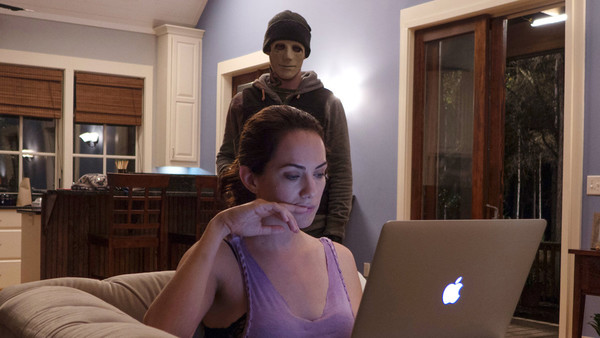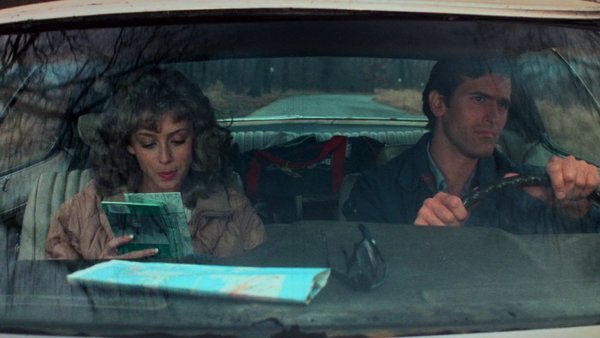10 Tricks Horror Movies Use To Scare You
Making horror movies is an art, and these tricks and techniques will make a masterpiece.

Making a good horror movie is an art, regardless of what mainstream cinema would have you believe. Just because all the main awards bodies, actors guilds and society in general has rejected horror as a legitimate genre doesn’t mean that we should take it lying down. Horror uses just as many tricks, strategies and carefully planned ticks as any other genre, and I’ll be damned if I don’t acknowledge that.
There’s a reason we see the same ten horrors talked about over and over again, and that’s because they have come to typify the perfect deployment of a range of horror techniques. Is it easier to explain the complex build-up of dread in film or to tell someone to watch Hereditary? Quicker to explain the influence of giallo on horror and the aesthetic beauty it promotes, or to tell someone to watch Suspiria?
A year ago we put out a list telling you all about some of the clever tricks horror filmmakers use to scare you and draw you into their world on screen. Thing is, just ten entries could never be enough. So here we are again with even more, including some that you picked up on in the comments. Hats off to you, horror hounds!
10. Dramatic Irony

It's a classic literary device that often gets taught alongside the legendary likes of pathetic fallacy, both techniques being ways to appeal to the reader's involvement with a narrative outside of the characters' understanding. It's also one of the most important ways to build tension, giving your audience or reader the knowledge to work out what is going to happen next, and then letting them watch in terror as the characters stumble blindly forward.
One of the very best examples of this being used in horror is the old pantomime favourite: "he's behind you"!", in which our hapless characters know nothing of the awful fate approaching them from the background. Now pantomimes aren't scary (depending on how you feel about participatory theatre) but the same theory applies: the audience are frustrated and on edge because the characters can't figure out what we know.

Hush is a film that works so well using this concept in its beginning, making the audience all too aware that our deaf protagonist is being targeted by a masked man who has just killed her friend but then making us wait for ages before she becomes any wiser to it.

Films like Terrifier utilise it in a different way too, using the audience's own awareness of the film's genre and contrasting it against the characters' blasé approach to things (and people) we know are dangerous. Even goofier movies like The Evil Dead II do this same thing, building tension from the fact we know something bad is going to happen imminently even though the characters just think they're going on a nice holiday in the woods.